 Sitting in airports – again 😉 Reflecting on the last few days, trying to summarize the project meeting that I have attended in Pistoia, Toscana, Italy. This blog post will have fractions of “cut and paste” from my notes taken during the sessions. (And it will be in English, since there might be some international readers to this post 😉 )
Sitting in airports – again 😉 Reflecting on the last few days, trying to summarize the project meeting that I have attended in Pistoia, Toscana, Italy. This blog post will have fractions of “cut and paste” from my notes taken during the sessions. (And it will be in English, since there might be some international readers to this post 😉 )
The meeting started Saturday afternoon, and this part was for the teachers participating in the project – here are teachers from Vienna (Austria), Jena & Kiel (Germany), Barcelona (Spain), Bordaux & Paris (France), Bergen (Norway), Copenhagen (Denmark), Gröningen (Netherlands), Beneveneto & Prato (Italy). The main reason why the coordinators find it very interesting that the teachers participate as well, is because the scientists and organizers lack hands-on experience from the classroom.
Saturday afternoon we got divided in two groups – one group for the teachers who are interested in forming a Comenius partnership (where I attended) and one group for teachers who were interested in international partnerships on the outside of Comenius. I asked – as the fresh teacher I still am – why someone did not want to be a part of Comenius, and the answer is because of paperwork. They’d rather have their students’ parents contribute to the cost of exchanges with students. This is not possible in Norway now, due to “Gratisprinsippet” (the principle of a free education in every aspect).
Before going into the different groups, we were told to remember three things; 1) focus on a common product that should be the result / outcome of this co-operation; 2) focus on a calendar; and 3) find a common title for the partnership. After these four days in Pistoia, we are now 10 teachers from 10 different schools in 4 different countries who wants to apply for a multilateral partnership within the Comenius programme. We have more or less set a date for our next meeting (October), which should be a contact seminar. All of us must now go back our schools / countries and apply for funding for this kind of seminar to make a proposal for this multilateral partnership. Our working title ESCOS (the rest is a secret 😉 ) (Well, the first thing we need are a “good-to-go”- sign from our school leaders / headmasters / principals)
The first half of the sunday meeting was also a teacher’s part. In CarboSchools there have been published two booklets about Carbo-Topics. For the third and final publication they want the teachers’ voice to count – because they want this publication to be something that teachers can use as a teachers’ resource for years to come – also teachers who hasn’t participated in the CarboSchools Programme. When we (teachers) looked at the first draft of the chapters, we said “this is not a book that a teacher will read”, so we got it changed 😉
Personally this discussion pushed my thoughts towards my own teaching, my own curricula in my subjects, and how I can implement some of the aspects in CS more into my classroom. This might be published in a separate blog post later.
In the second half of the Sunday meeting, we had a joint session with TSP (Teachers Scientist Programme). Here we got a presentation of one of the modules that is made in Sweden, and they had some of their students there as well to tell us about their experiences being a student in a TSP module. Their foci is quite interesting;
- Benefits of collaborating with scientists: enthusiasm; positive attitude; explanations of complex material in an easy way – but the scientist oneself must be motivated and enthusiastic him/herself, otherwise the students want dare to say anything
- Before a big project, the students need a solid background in the subject
- The teacher has to be a good mentor; who helps the students / group in their project planning, and to be a good supervisor along the way. (When the problems get harder, it is nice to be able to contact a scientist that you’ve already met, and that you feel that you “know”)
- The students felt that they had learnt A LOT, but that the instructions for the project wasn’t good enough, they didn’t feel well enough prepared for such a big project
- Their advice: let the students read reports from students from last year, and let them work in groups, maybe even a group of 10-12 students together
Written Tuesday night at Firenze and Frankfurt airports, links were added Wednesday when I was back in Bergen.







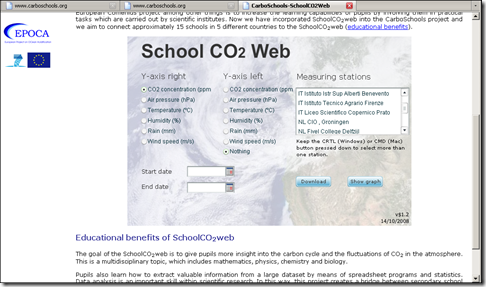
 The third experiment is about the greenhouse effect. It looks a bit like
The third experiment is about the greenhouse effect. It looks a bit like 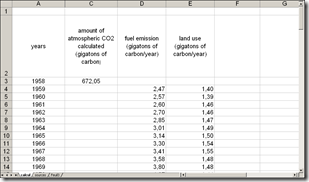
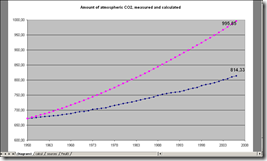
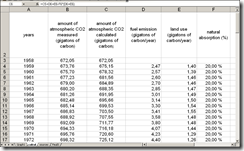
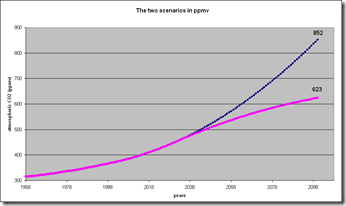
 Sitting in airports – again 😉 Reflecting on the last few days, trying to summarize the project meeting that I have attended in Pistoia, Toscana, Italy. This blog post will have fractions of “cut and paste” from my notes taken during the sessions. (And it will be in English, since there might be some international readers to this post 😉 )
Sitting in airports – again 😉 Reflecting on the last few days, trying to summarize the project meeting that I have attended in Pistoia, Toscana, Italy. This blog post will have fractions of “cut and paste” from my notes taken during the sessions. (And it will be in English, since there might be some international readers to this post 😉 )